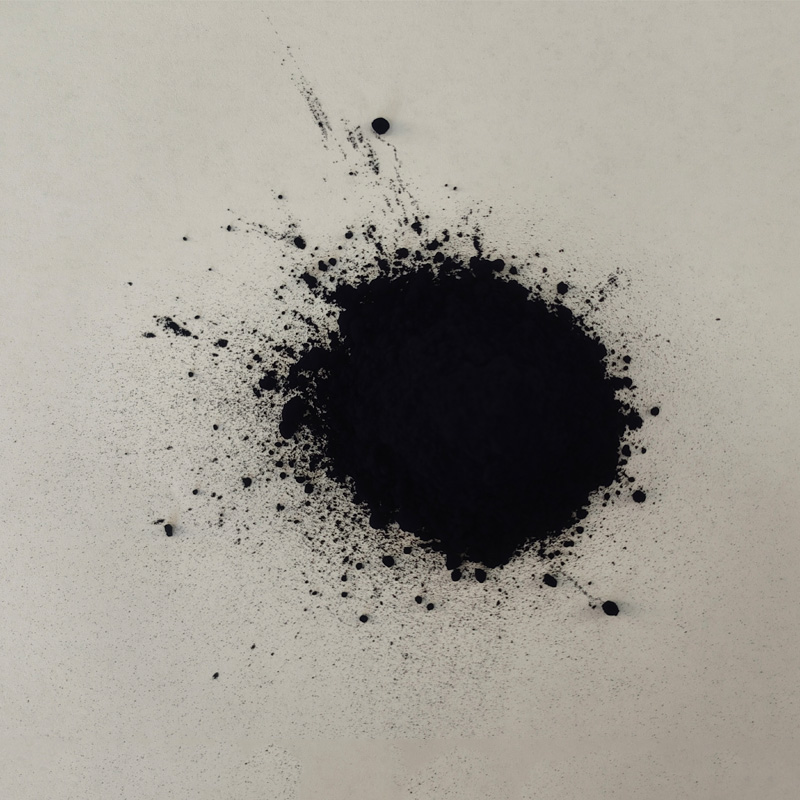Natural Organic Indigo Powder from China for Sustainable Dyeing and Arts
The Renaissance of Natural Organic Indigo Powder in China
Indigo, a natural dye derived from the plant species Indigofera, has a rich history that dates back thousands of years. With its deep blue hue and versatility, indigo has been used in various cultures for textiles, art, and even medicine. In recent years, there has been a growing resurgence of interest in natural organic indigo powder, particularly in China, where traditional practices are being revitalized in the modern era.
Historical Significance
China is one of the oldest civilizations to utilize indigo for dyeing textiles. Records indicate that as early as the Han Dynasty (206 BC – 220 AD), indigo was cultivated and used extensively in fabric production. The process of dyeing with indigo is intricate and requires a deep understanding of the natural fermentation and oxidation processes. Historically, artisans would extract the dye from the leaves of indigo plants, which contain a compound known as indican. This compound, when fermented and exposed to air, transforms into indigo, resulting in the characteristic deep blue color.
The Shift Towards Organic Practices
In recent decades, there has been a noticeable shift towards organic and sustainable practices in agriculture and manufacturing. Driven by consumer demand for eco-friendly products, many farmers in China have begun to cultivate indigo using organic methods. This approach not only benefits the environment but also enhances the quality of the dye, as organic indigo powder is free from synthetic pesticides and fertilizers. This trend aligns with the global movement towards sustainability and natural products, as more consumers become aware of the potential hazards associated with synthetic dyes.
Health and Environmental Benefits
One of the key advantages of natural organic indigo powder is its safety for both human health and the environment. Unlike synthetic dyes, which can contain harmful chemicals, natural indigo is non-toxic and biodegradable. This makes it a safer choice for dyeing textiles that come into direct contact with the skin. Furthermore, the cultivation of indigo can contribute positively to local ecosystems. The plants help improve soil health, enhance biodiversity, and can even prevent soil erosion when integrated into sustainable farming practices.
china natural organic indigo powder

The Modern Market and Artistic Revival
Today, the market for natural organic indigo powder is expanding, not just in China, but globally. Fashion designers, artisans, and environmentally conscious consumers are increasingly seeking out natural dyes for their products. This resurgence has led to a renaissance in traditional dyeing techniques. In places like rural China, artisans are combining ancient methods with modern design sensibilities, creating unique textiles that appeal to both local and international markets.
Moreover, several workshops and cooperative initiatives are emerging, focusing on preserving traditional practices while training a new generation in the art of indigo dyeing. These initiatives are crucial for sustaining local economies and empowering communities, particularly in regions where indigo has cultural significance.
Challenges and Future Prospects
Despite the positive developments, the organic indigo market faces challenges. One significant hurdle is the cost of production. Organic farming typically yields less than conventional methods in the initial years, which can lead to higher prices for consumers. Additionally, educating the market about the benefits of natural dyes is essential for driving demand.
However, as consumers increasingly prioritize sustainability, the outlook for organic indigo powder is promising. Collaborative efforts between farmers, artisans, and designers can pave the way for innovations that enhance productivity without compromising quality.
Conclusion
The revival of natural organic indigo powder in China is not merely a trend; it's a movement toward embracing sustainability, tradition, and craftsmanship. As the world grows more conscious of the impact of its consumption patterns, the demand for natural products will likely continue to rise. By investing in organic indigo cultivation and supporting artisanal practices, we can ensure that this ancient dyeing tradition not only survives but thrives for generations to come. The rich, vibrant blues of organic indigo carry with them stories of heritage and a profound respect for nature, making them more than just color – they are a tapestry of culture and sustainability woven into our modern lives.
-
The Timeless Art of Denim Indigo Dye
NewsJul.01,2025
-
The Rise of Sulfur Dyed Denim
NewsJul.01,2025
-
The Rich Revival of the Best Indigo Dye
NewsJul.01,2025
-
The Enduring Strength of Sulphur Black
NewsJul.01,2025
-
The Ancient Art of Chinese Indigo Dye
NewsJul.01,2025
-
Industry Power of Indigo
NewsJul.01,2025
-
Black Sulfur is Leading the Next Wave
NewsJul.01,2025

Sulphur Black
1.Name: sulphur black; Sulfur Black; Sulphur Black 1;
2.Structure formula:
3.Molecule formula: C6H4N2O5
4.CAS No.: 1326-82-5
5.HS code: 32041911
6.Product specification:Appearance:black phosphorus flakes; black liquid

Bromo Indigo; Vat Bromo-Indigo; C.I.Vat Blue 5
1.Name: Bromo indigo; Vat bromo-indigo; C.I.Vat blue 5;
2.Structure formula:
3.Molecule formula: C16H6Br4N2O2
4.CAS No.: 2475-31-2
5.HS code: 3204151000 6.Major usage and instruction: Be mainly used to dye cotton fabrics.

Indigo Blue Vat Blue
1.Name: indigo blue,vat blue 1,
2.Structure formula:
3.Molecule formula: C16H10N2O2
4.. CAS No.: 482-89-3
5.Molecule weight: 262.62
6.HS code: 3204151000
7.Major usage and instruction: Be mainly used to dye cotton fabrics.

